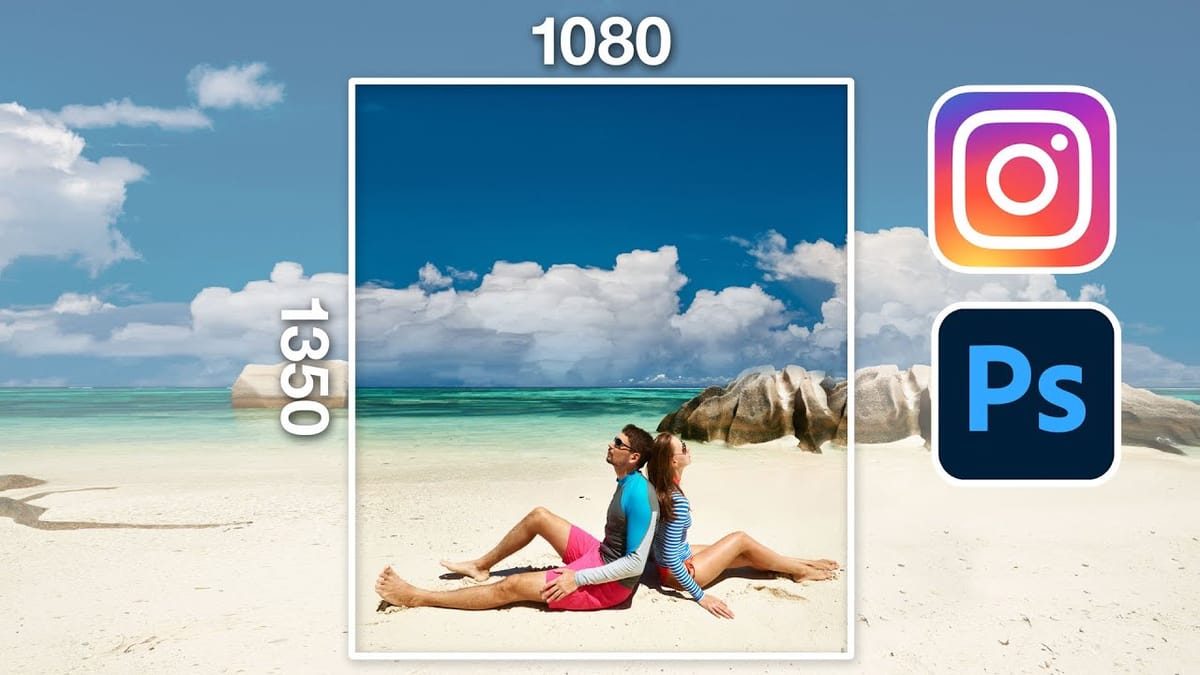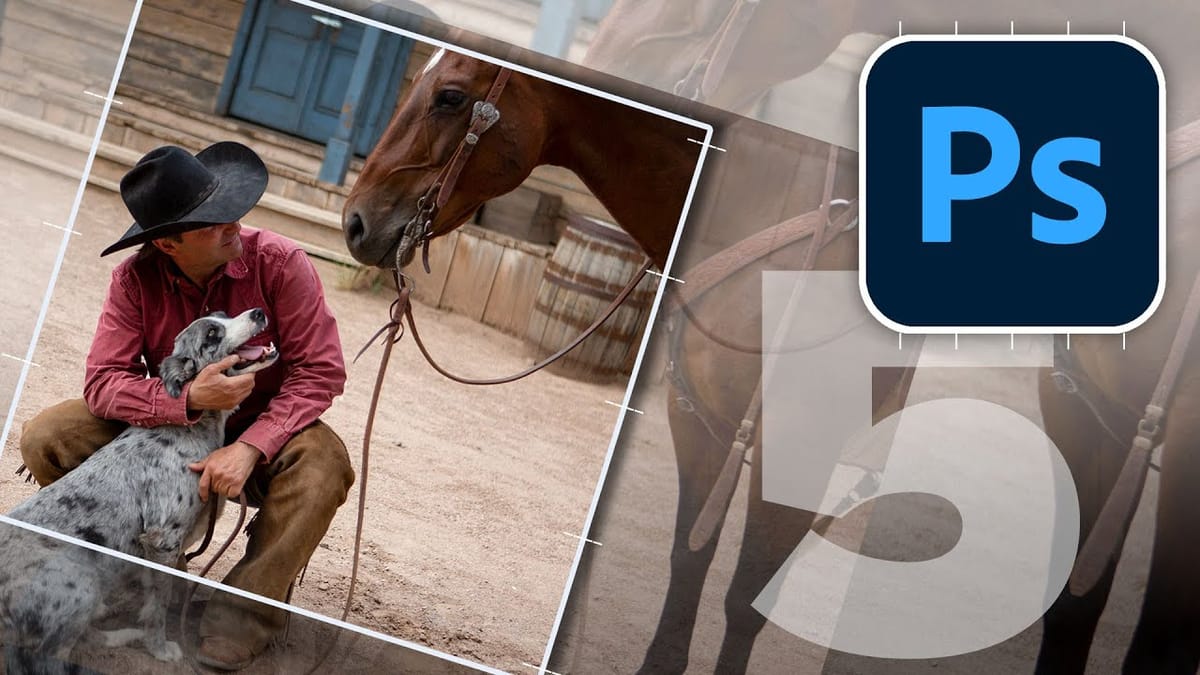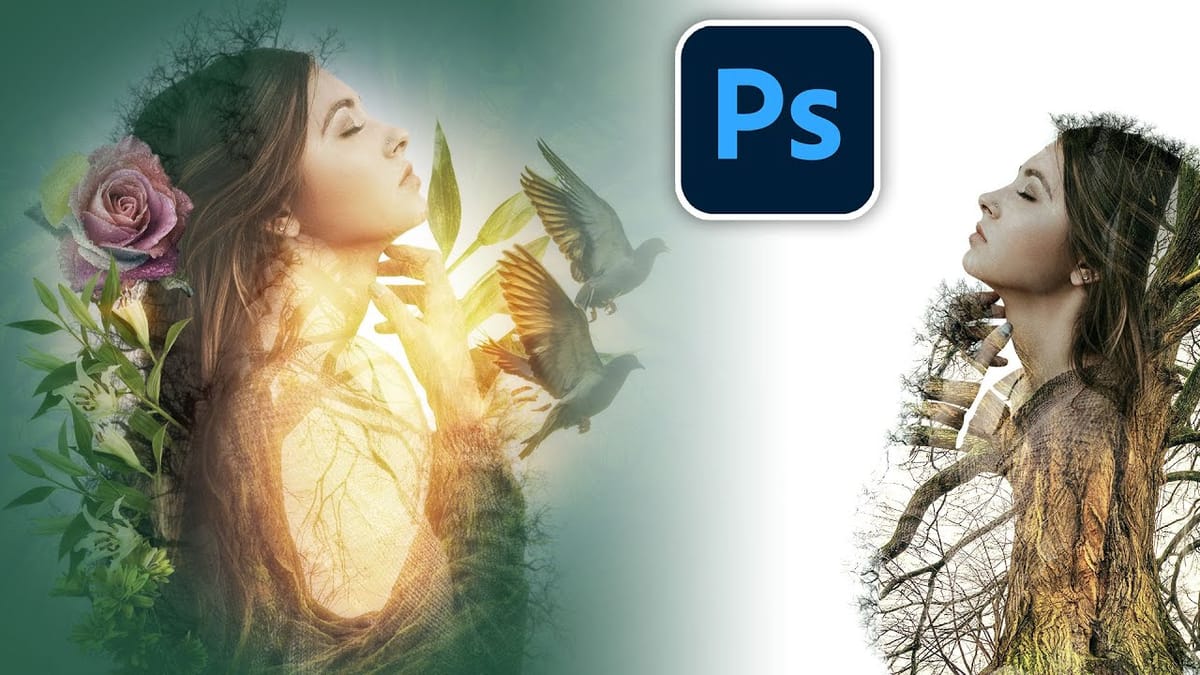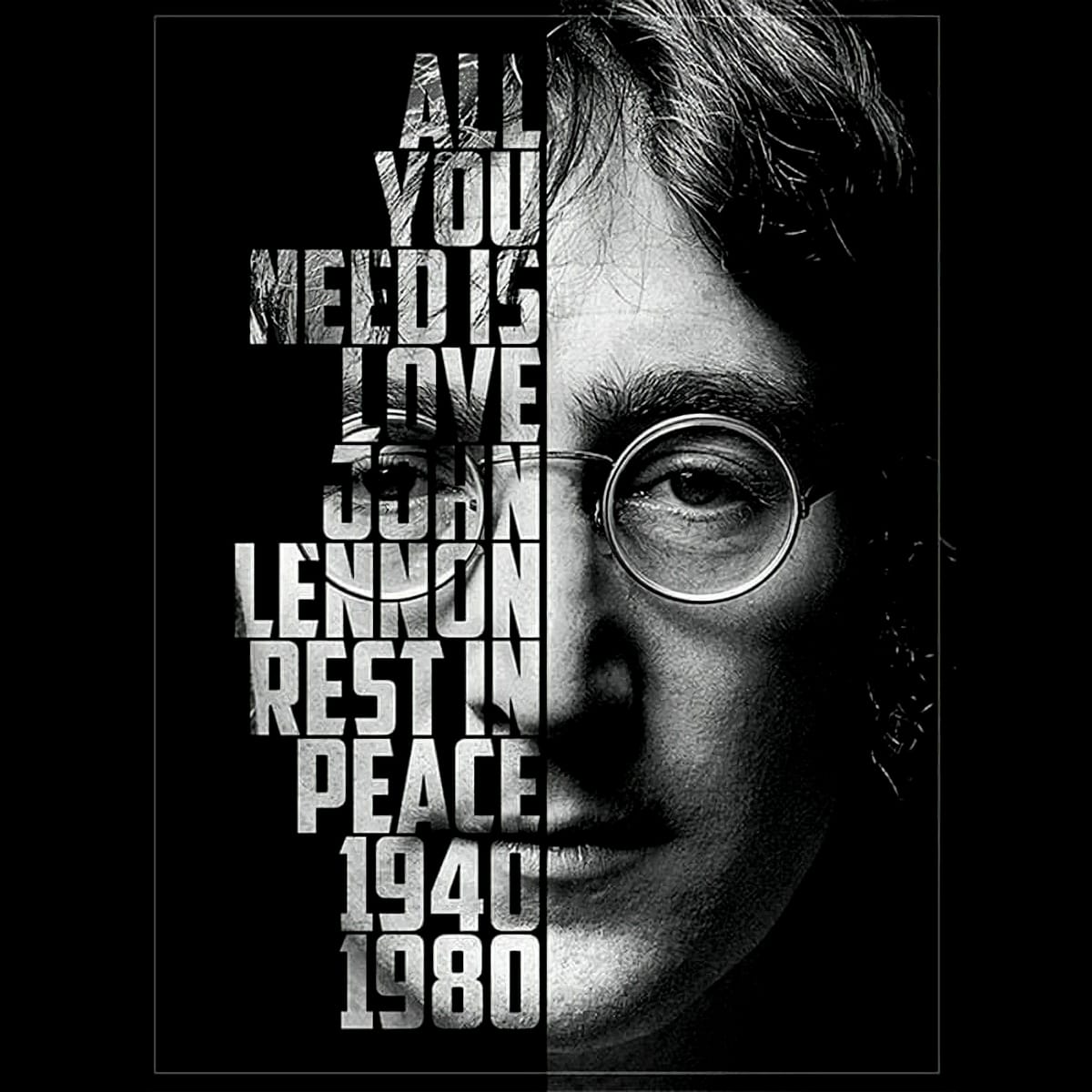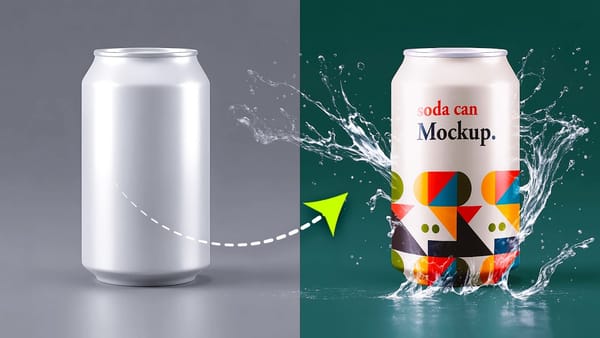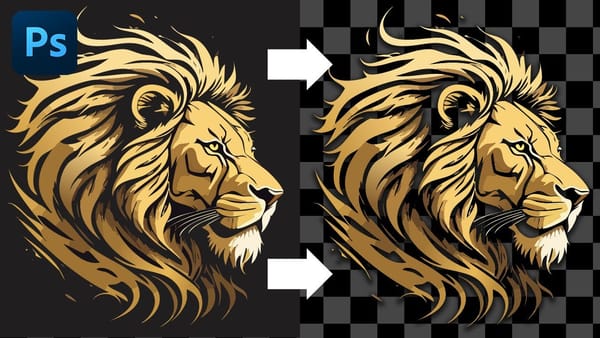Creating a photo that captures attention on a busy social media feed is a common challenge. Even with a strong composition, an image can get lost in the noise if it lacks the polished, atmospheric quality that makes viewers stop and look closer. The frustration often lies in knowing what to do in post-production to elevate a good photo to a great one.
This video offers a practical look into the editing process behind a wildlife photo that successfully captured a wide audience. By walking through each Photoshop layer, it reveals how specific, subtle adjustments to light, color, and detail work together to build a compelling final image. You will learn the logic behind each edit, providing a framework you can apply to your own work.
Watch the Editing Breakdown
Any links or downloads mentioned by the creator are available only on YouTube
Building Atmosphere with Non-Destructive Layers
The core of this editing workflow is a non-destructive approach, where each adjustment is made on a separate layer. This method provides maximum flexibility, allowing you to fine-tune or disable any effect without altering the original image. A key technique demonstrated is the use of a 50% gray layer set to the Overlay blend mode. This special layer becomes invisible but serves as a perfect canvas for dodging and burning, enabling you to paint in light and shadow with precision.
By building edits in this layered fashion, you can direct the viewer's eye and enhance the mood of the photo. Shaping light with dodging and burning adds depth and dimension, making the subject pop. Similarly, adjusting colors on dedicated layers—like changing the eye color with a layer in Color blend mode—gives you isolated control. This process is less about drastic changes and more about the cumulative impact of small, intentional enhancements. Each layer adds another piece to the final story the image tells.
This workflow emphasizes that a powerful edit is often a combination of many subtle changes. Key benefits of this layered method include:
- Flexibility: Adjust the intensity of any effect by lowering its layer opacity.
- Control: Isolate different types of edits (light, color, texture) on their own layers.
- Reversibility: Easily disable or delete a layer if you don't like the result.
Practical Tips for High-Impact Photo Editing
- Enhance eyes non-destructively. Use the Dodge tool on a new 50% gray layer set to the Overlay blend mode to brighten the subject's eyes without permanently altering the pixels.
- Shape light with Dodge and Burn. Create another 50% gray Overlay layer to manually paint in highlights and shadows, guiding the viewer's focus and adding dimensionality.
- Use presets and filters with reduced opacity. Apply powerful effects like Lightroom presets, but lower the layer opacity to blend the effect subtly for a more natural look.
- Isolate color changes. To change a specific color, such as for the eyes, paint the new color on a separate layer and set its blend mode to Color for a seamless and targeted adjustment.
- Make final adjustments in Camera Raw. Use the Camera Raw filter on a Smart Object for final touches, like reducing texture for a softer look or calibrating colors to achieve a specific mood.
Related Articles and Tutorials about Photo Editing
Explore these resources for more techniques and creative ideas in Photoshop.
